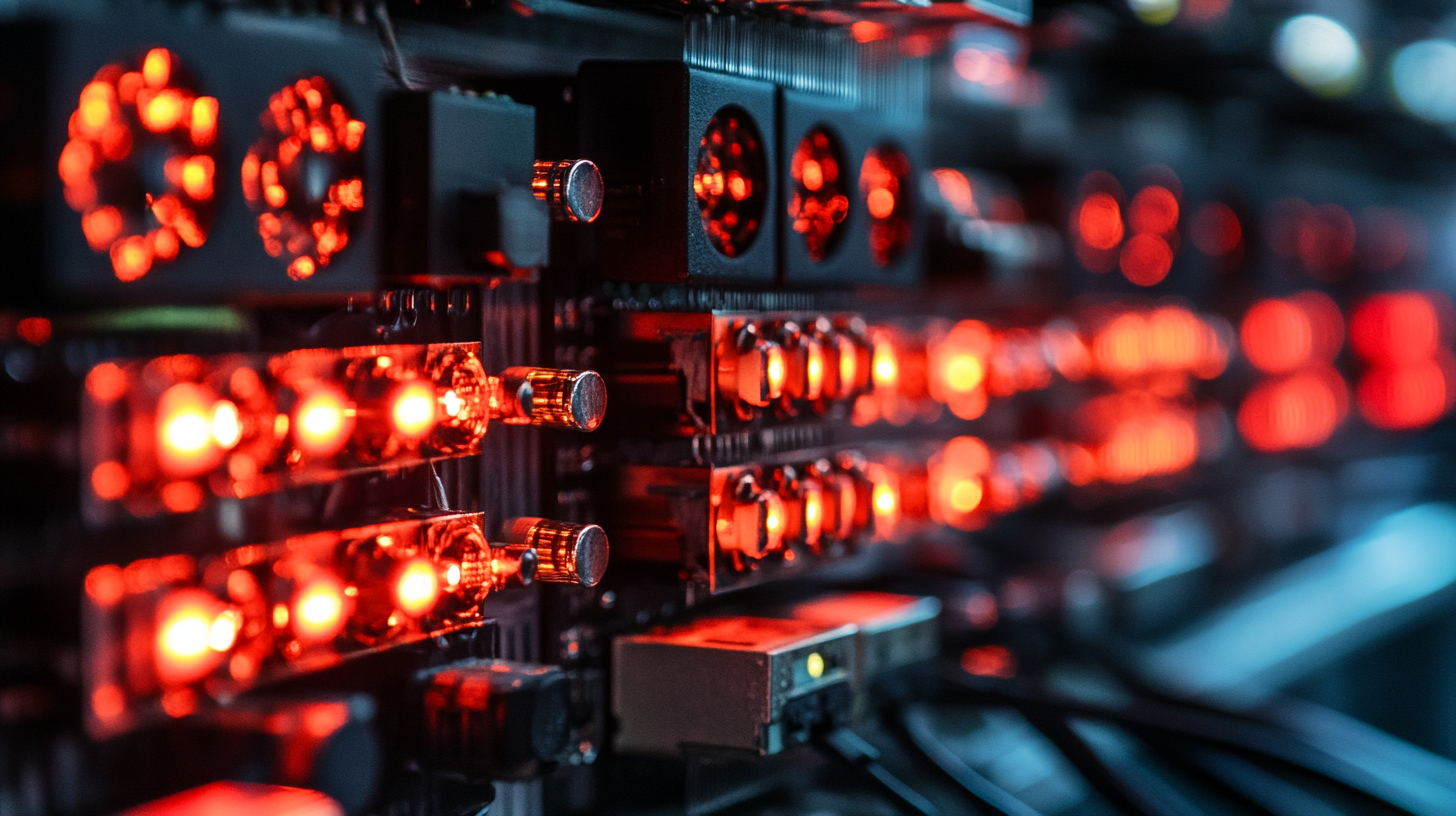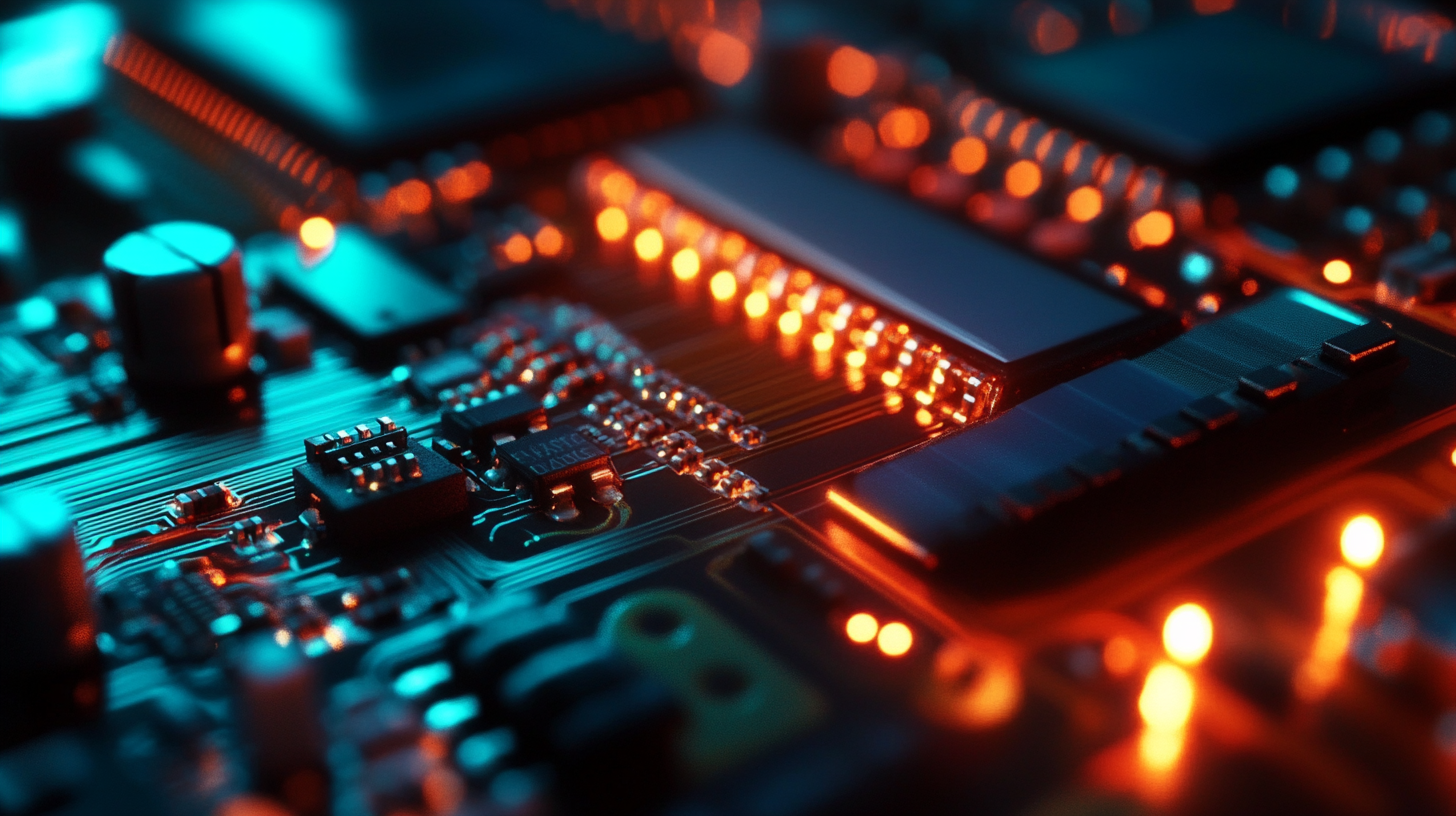LED lighting is widely celebrated for its energy efficiency, making it a popular choice for residential, commercial, and industrial applications. However, a critical yet often overlooked factor in LED system performance is the power supply. The efficiency, design, and functionality of an LED power supply significantly impact the overall energy consumption of the lighting system. This article explores how LED power supplies influence energy usage and offers insights into optimizing their performance.

Understanding LED Power Supplies
An LED power supply, commonly referred to as an LED driver, is a device that regulates the electrical current and voltage supplied to an LED. Since LEDs operate on low DC voltage, the power supply is essential for converting high-voltage AC power from the grid into a usable form.
Key functions of LED power supplies include:
- Voltage Regulation – Ensuring stable voltage to prevent LED flickering or damage.
- Current Control – Maintaining a consistent current for optimal LED brightness and longevity.
- Dimming Compatibility – Allowing adjustments to light intensity, contributing to energy savings.
How LED Power Supplies Affect Energy Consumption
- Efficiency Ratings
- LED power supplies have varying efficiency ratings, typically ranging between 85% and 95%.
- Higher efficiency means less energy is lost as heat during the power conversion process. For instance, a 95% efficient power supply converts more electricity into usable power, reducing overall consumption.
- Power Factor (PF)
- The power factor measures how effectively electrical power is converted into usable power.
- High-quality LED power supplies often achieve power factors above 0.9, minimizing energy waste and reducing strain on the electrical grid.
- Standby Power Consumption
- Even when LEDs are turned off, poorly designed power supplies can consume a small amount of electricity, known as standby power.
- Energy-efficient power supplies are designed to minimize standby consumption, contributing to overall savings.
- Thermal Management
- Inefficient power supplies generate excessive heat, which can lead to energy loss and reduced LED performance.
- Advanced thermal management features in modern LED drivers improve efficiency by dissipating heat effectively.
- Dimming Capabilities
- LED power supplies with smooth dimming functionality enable users to lower light intensity, directly reducing energy usage.
- Smart dimming systems can be programmed to adjust lighting based on time of day or occupancy, further enhancing savings.
Optimizing LED Power Supplies for Energy Efficiency
- Choose High-Efficiency Power Supplies
- Opt for power supplies with efficiency ratings of 90% or higher.
- Look for certifications such as Energy Star or DLC (DesignLights Consortium) to ensure quality.
- Prioritize Power Factor Correction (PFC)
- Select power supplies with integrated PFC to reduce wasted energy and improve system performance.
- Use Power Supplies with Low Standby Power
- Check product specifications for standby power consumption, and choose options with minimal impact.
- Ensure Compatibility with Dimming Systems
- Match the power supply to the dimming system to maximize energy savings without compromising LED performance.
- Consider Application-Specific Designs
- Industrial and outdoor lighting may require rugged power supplies with high efficiency and advanced thermal management.
- Residential lighting often benefits from compact, cost-effective drivers optimized for lower power loads.
Benefits of Efficient LED Power Supplies
- Reduced Energy Costs
- High-efficiency power supplies lower electricity bills by minimizing energy waste.
- Environmental Impact
- Energy-efficient power supplies contribute to lower greenhouse gas emissions by reducing power consumption.
- Enhanced LED Longevity
- Stable current and voltage regulation protect LEDs from overheating and premature failure.
- Improved System Reliability
- Advanced power supply features enhance overall system stability, reducing maintenance and replacement costs.
- Regulatory Compliance
- Many regions enforce energy efficiency standards for lighting systems. High-efficiency LED power supplies ensure compliance with these regulations.
Conclusion
The choice of an LED power supply plays a crucial role in determining the energy consumption of a lighting system. By selecting high-efficiency, reliable power supplies and optimizing their integration, users can maximize energy savings, enhance performance, and contribute to environmental sustainability. As LED technology continues to evolve, advancements in power supply design will further amplify the energy efficiency benefits of LED lighting systems.